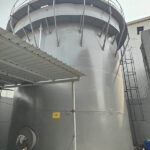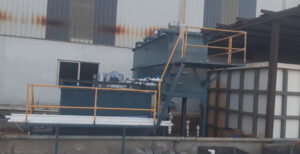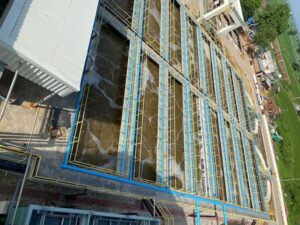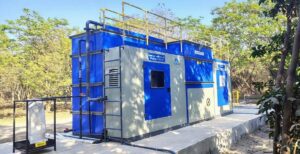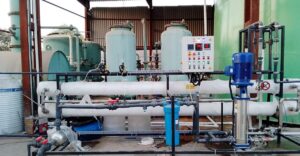A Complete Water & Waste Water Treatment Solution till ZLD
Alep Management LLP
10 Years of field experience
“A complete water & waste-water treatment solution till ZLD”
We are Leading in Design, supply & turnkey solution provider under the brand name of “ALEP MANAGEMENT LLP” caters in a complete water and wastewater treatment till ZLD solution.
Our Products
Why Choose US!
Trust
A respected leader in the community and the industry. Our proudest accomplishment is the large number of long term clients who year after year put their trust in us.
Time
Their rule – if we miss a deadline, we’re out. Period. They have some of the tightest turnarounds in the business – and we’ve never missed a single one.
Experience
We are committed to Knowledge and Experience Sharings for the betterment of the environment and benefit of society at a larger scale.
Service
Develop innovative solutions in addressing our clients’ challenges and work more closely with their sector-focused colleagues across the globe.
Quality
Monitoring & Analysis, Pollution Control, and other Engineering disciplines; which will satisfy customer’s needs as well as statutory and regulatory requirements.
Pricing
Our prices are competitive and fair. There are no surprise bills. Any unexpected or additional expenses must be pre-approved by you.
What our clients say
Don’t take our word, hear it from our clients. Client happiness is our utmost priority.
"The technological services are very good and up-to the mark, recommendations for the industry were very clear and beneficial for the long term sustainable growth.
I recommend this consultancy to other industrialists also"

"We found its performance highly satisfactory on the parameters of technical soundness in the subject matter, timely execution of assigned tasks, good networking with all the key stakeholders, and ability to pursue with the highest level of authorities to secure the required permission"

"ALEP Providing us all services, guidance, and help related to CTE & CTO to be obtained from GPCB and submission of required Reports & Returns under Annual Maintenance Contract, for all our Running and Completed project works respectively"

"You have great service as part of Consultancy and Support as and when we require for other works also which is not in the scope of your work.
Wish we will have great work ahead in future"

Achievements
We take pride in every project we have done. We have grown a lot with our work years.
Happy Clients
Projects Completed
Industries We Serve
Industries we serve








Our happy Clients













